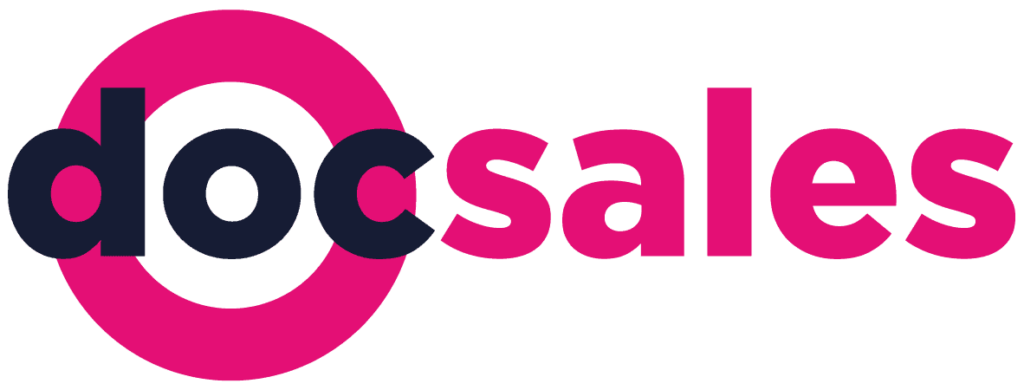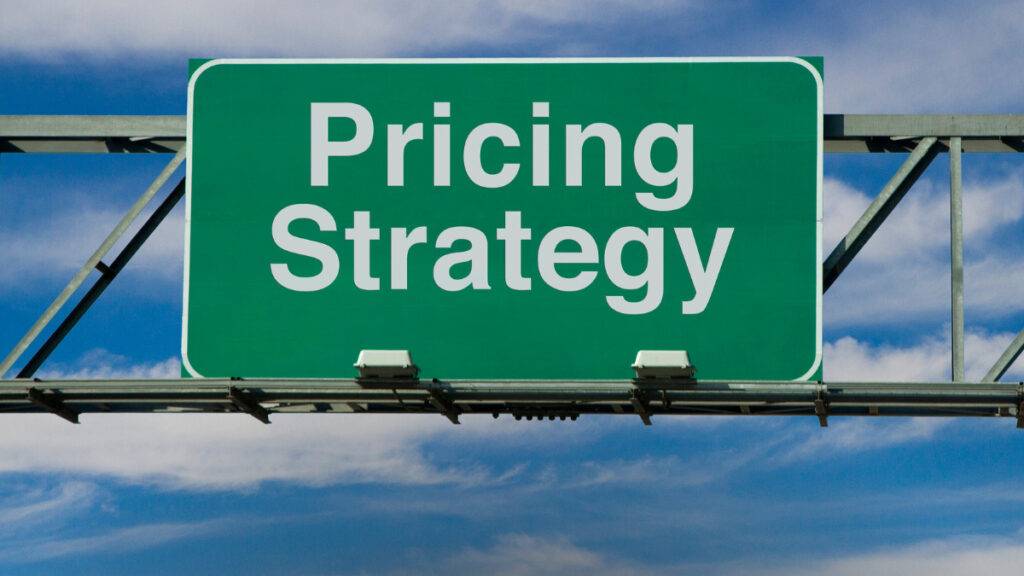Your company has the best sales methodology and the most promising business model. All your sales reps knows the sales process by heart. Leads and opportunities are properly entered into the CRM.
Everything is under control.
The best sales managers would add, “Do you know how each client buys: Who is the sponsor? Who are the influencers? Who are the real decision makers? “
Unfortunately, salespeople often fail to identify each stakeholder and to understand how they make decisions.
Companies make this harder for salespeople by hiding their decision makers. Limited access means salespeople don’t know what the decision makers are thinking. As a result, salespeople must teach their internal champion how to sell the product internally and pray everything works.
After the first stages of the sales funnel, you reach a crucial moment: Submit the sales document, which can be a business proposal, a contract, a membership term, a quotation or a budget.
Follow-up
After sending the sales document, you follow up—by phone, email, or WhatsApp—to get status updates.
This means you’ve lost control of the sale and it’s frustrating!
Sending the proposal
Formalizing the sale by sending the proposal is usually a single step within the sales funnel.
If you’re at this stage, it’s because your offer meets the buyer’s needs and budget, and the pain he feels is greater than the price you’re charging.
And it is at this stage that salespeople often lose the opportunity, and lack useful information on how to improve their next approach.
The “Proposal Sent” sub-funnel
Sending the sales document should be a five-step sub-funnel of the proposal phase.
1 . Identify barriers
You must study the buyer to avoid mistakes when pricing or packaging your solution.
Analyzing other business deals or studying similar customers with the same pains can help you identify potential barriers.
Also, consult colleagues and your sales manager for advice about potential barriers.
2 . Sending and tracking the sales document
Sending the sales document is only half the battle; the buyer also has to open it.
Once the buyer opens the sales document, you need to know:
- How long did they keep it open?
- Which part of the document did the buyer look at most? (If the buyer focuses on the price, the clauses are likely approved. If buyer focuses on the clauses, you likely didn’t offer the right remedy for their pain).
- Did the buyer share the document with other people? Did those people complete the steps listed above?
3. Negotiation (the most critical phase)
Negotiation can be another limiting factor in the sales process. You might have to negotiate:
- The value of services
- The scope of the clauses
- The conditions described in your proposal or sales document.
You need a tool that enables communication without the formality of calls or face-to-face meetings. Using the right tool accelerates negotiations and creates greater trust. If your tool records all communication between both sides, you can avoid reviewing documents in-person (a slow and bureaucratic process).
4. Signature
The other day, I closed a deal for the sale of a consulting firm. Five people needed to sign the contract, and they were in Curitiba, Ribeirão Preto, Santa Maria, and São Paulo.
It would have taken me a month to close the deal using a paper contract (which also could’ve been lost in the shuffle). Instead, we used digital signatures to sign the contract in two days.
A digital signature tool helps you sell faster.
5. Payment
Many companies consider the sale “done” only after the first payment. This is generally true for companies with smaller deals who close more deals per month.
If the sales document needs to be signed by the CFO, who needs to re-enter all data in the billing system then send the bill to the customer, it can delay the sales process by a week.
If payment is the final step, do it immediately (preferably automatically) when signing the sales document.
Salesdoc.io
DocSales is a tool that helps salespeople prepare, send, and finalize sales documents.
It streamlines the sales process, enables salespeople and managers to track the status of each proposal, and provides insight into what’s happening with each sales document, insights you can’t get from attaching a file to an email.
If you do inside sales and send sales documents, try a free DocSales trial.






